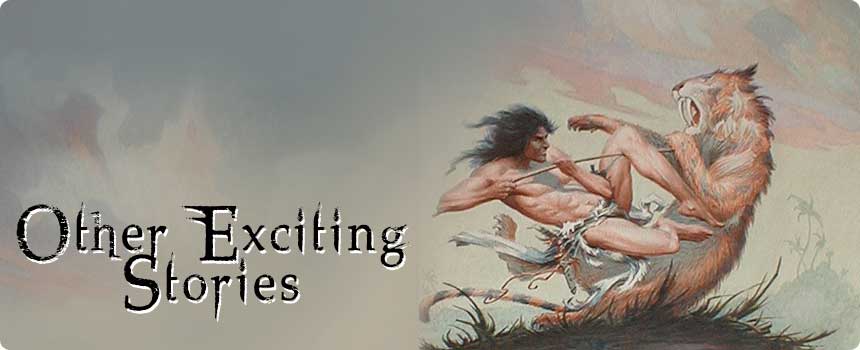Although Edgar Rice Burroughs is best known as the creator of the classic Tarzan of the Apes, his restless imagination knew no bounds. During a prolific writing career that began in 1911, Burroughs’ pen ranged from the American West to primitive Africa and on to romantic adventure on the moon, the planets and even Beyond The Farthest Star. Still, it is not at all surprising that the author who created the monumental Tarzan of the Apes should find his other literary efforts overshadowed by one of the most popular fictional characters of all time.
In Beyond Thirty, written in 1915, Burroughs draws a picture of the earth two centuries hence, on the assumption that the United States did not enter the First World War, and that the great conflict ended with the destruction of all European civilizations. Beyond the Farthest Star and Tangor Returns have as their locale the rather earthlike planet Poloda, which with ten companions move in a common orbit around a small star situation far outside the limits of our own Milky Way.
The list is endless. Even after his death in 1950, Edgar Rice Burroughs’ hypnotic influence has continued to add to interplanetary geography through the pens of other writers. Indeed, as long as his books await discovery by future generations, one can only wonder about those other, unborn worlds waiting.






